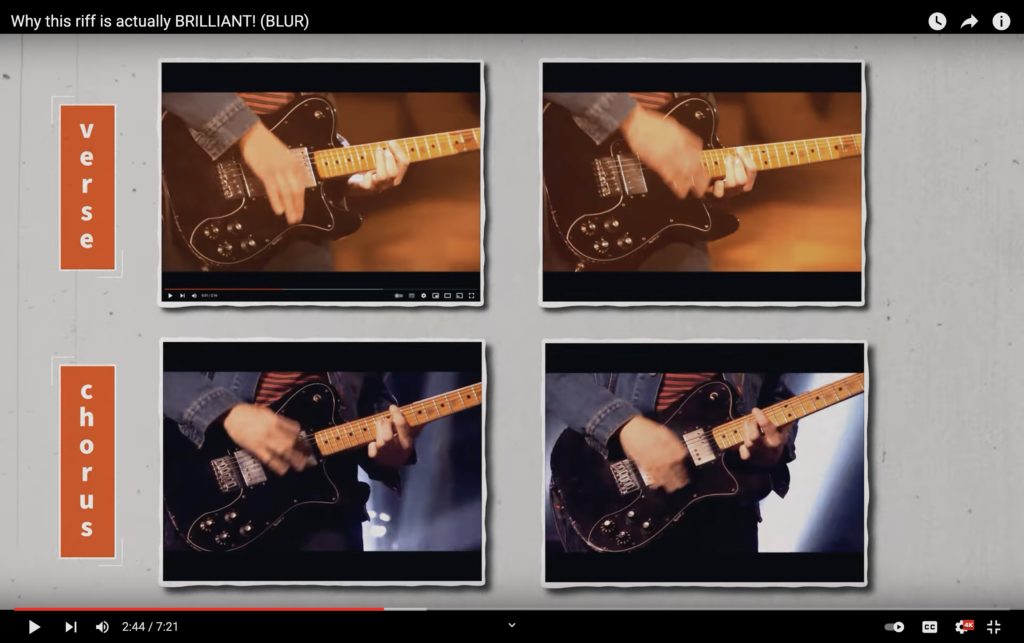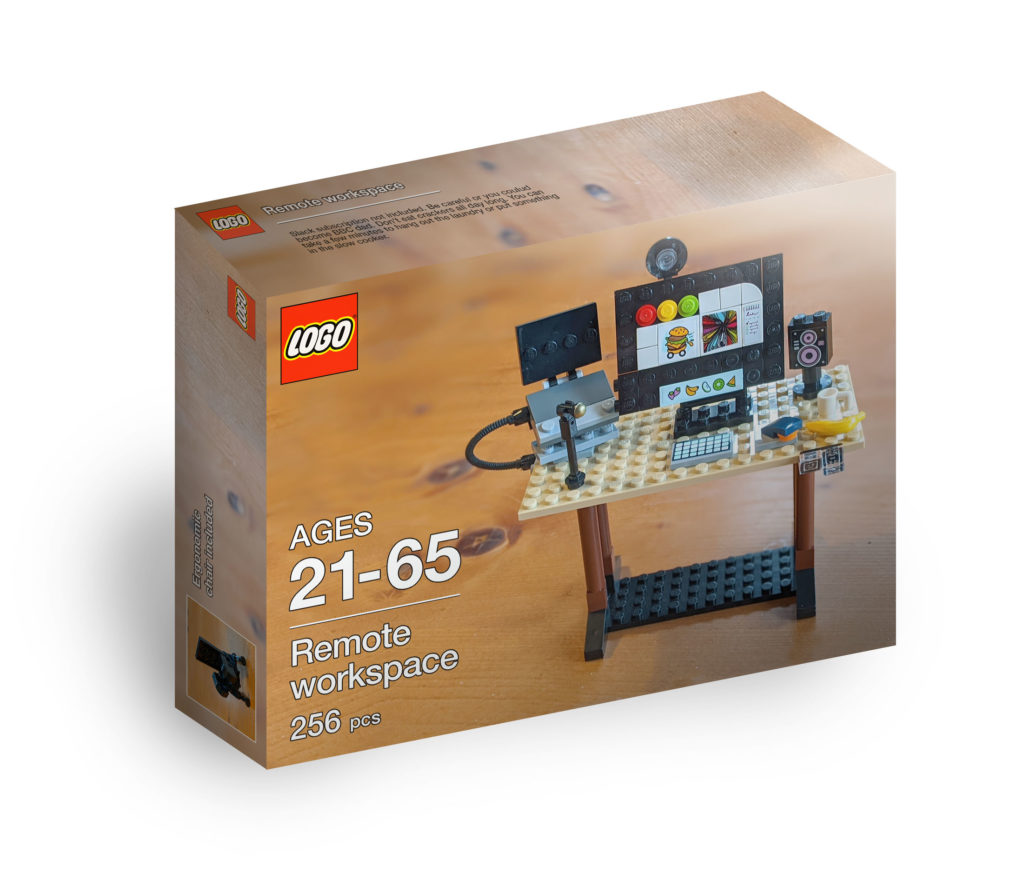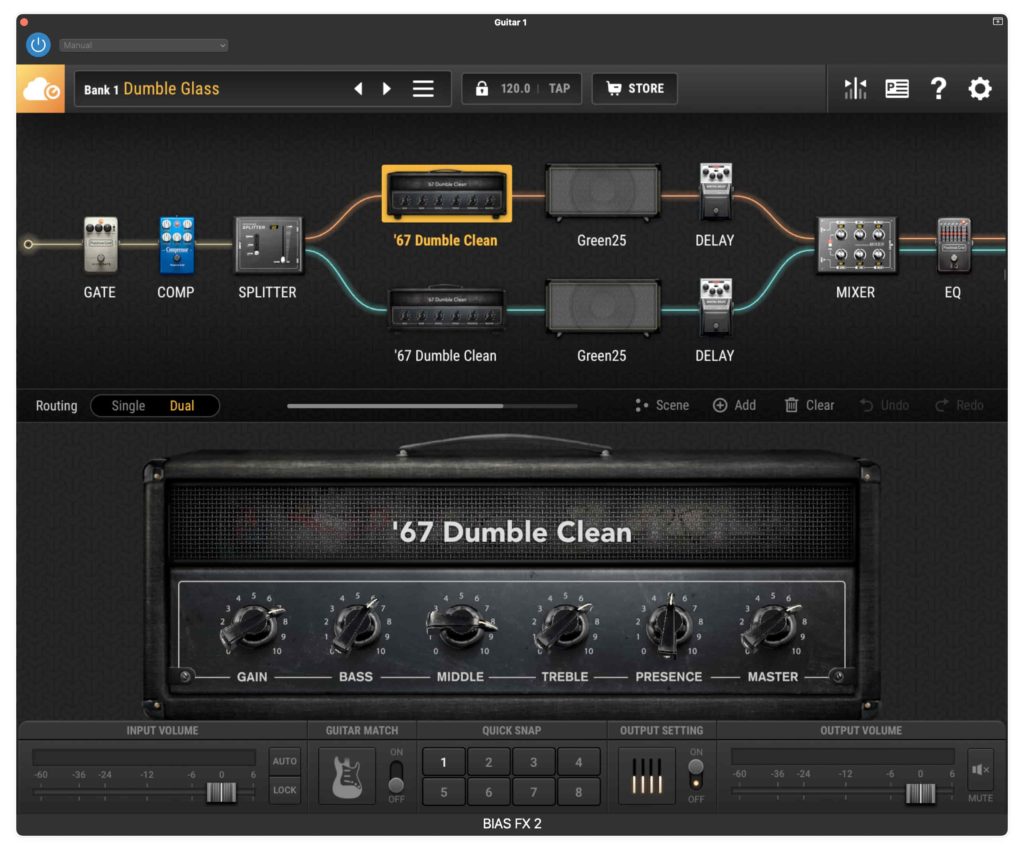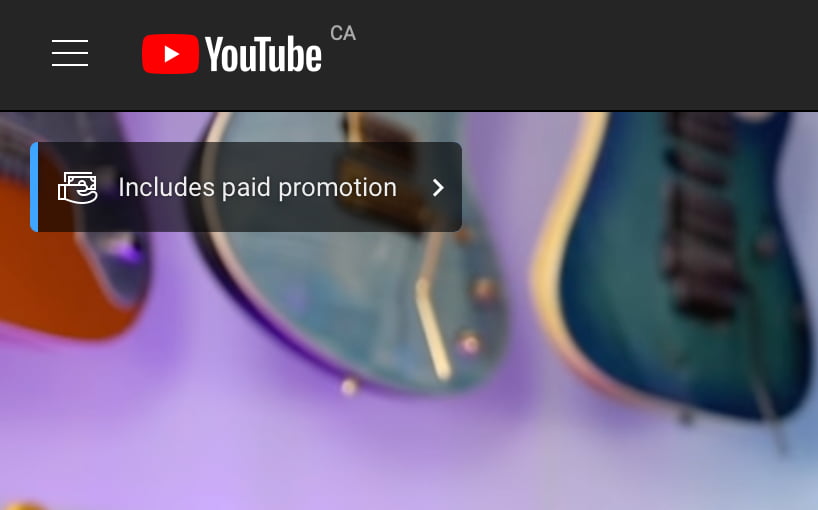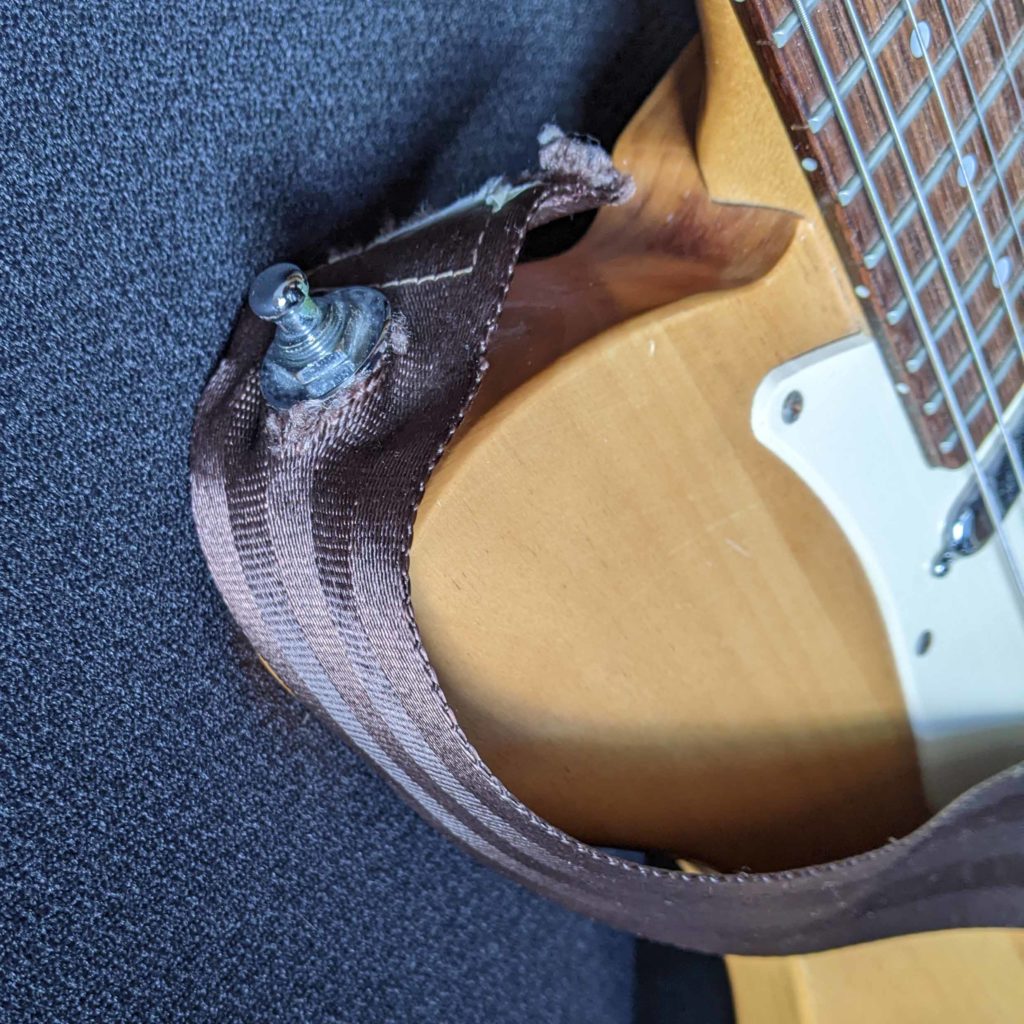It’s easy to identify and criticize bad design. When an object is well designed though, you often don’t notice it (by design).
There are two monoliths that stand outside by house. One green and one black. These waste and compost bins, distributed by the provincial government, are well designed.

- They are durable. It’s rare to see one that has broken. In my 20+ years of using them, they’ve never failed. Even the “moving parts” like wheels and lid hinges hold up.
- They are stable. It takes a very strong wind to blow them over, and when they have some weight in them, they almost never tip.
- They’re big. They hold a lot of… stuff.
- They are manoeuvrable. They’re big enough that if you fill them with dense materials, they can get much heavier than what a person could ever carry. When rocked up on their one set of wheels, a single person can move a huge weight.
- There’s a small version. You can request a smaller version if you don’t need the size. They take up less space and are easier to manoeuvre.
They aren’t perfect. They can build of water (or worse, “garbage juice”) at the bottom and turn rancid. They are waste bins.
Thanks to those who designed these bins and those who identified procured them in our province.
After all, one person’s trash is another person’s, uh, metaphor!
